What is tomato alternaria and how to deal with it?

Any culture that a person grows needs proper care, otherwise, instead of the desired fruits, the gardener gets a lot of trouble. Tomatoes are one of the most sought-after vegetables, therefore they are grown in most summer cottages and vegetable gardens.
With improper care, the culture can overtake Alternaria, which will ruin the bush and prevent it from bearing normal fruit. To recognize the first symptoms of the disease, you must be able to identify them and deal with them correctly.
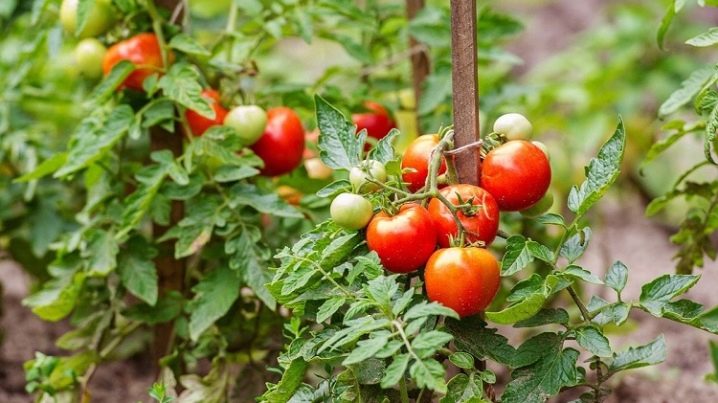
Description of the disease
Tomato alternaria is a huge danger to the crop, as it spreads very quickly and inflicts a crushing blow on the garden. This disease can threaten not only tomatoes, it is also dangerous for fruit trees, berry bushes, legumes, cereals, sunflowers and nightshade crops. The disease is caused by various fungi that infect one crop without infecting others.
The fungus develops in the intercellular space, gradually taking strength from the bush. If you do not stop the process, the mycelium will begin to grow, and the tomatoes will wither. Signs can be seen at the fruiting stage, but the timing may shift depending on the variety and region of growth of the crop. Alternaria can affect tomatoes both in the open field and in the greenhouse. In an enclosed space, spores spread faster.
To determine that a bush is sick, you need to know what the symptoms of the disease look like. When gray and brown dry spots appear on the foliage, you should be alert, this is what the first signs of damage are.
If you take action, you can save the garden, and ensure the culture of normal growth and development. In a neglected state, not only the leaves, but also the fruits deteriorate, they darken and become covered with brown spots.
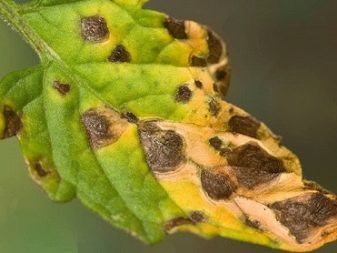
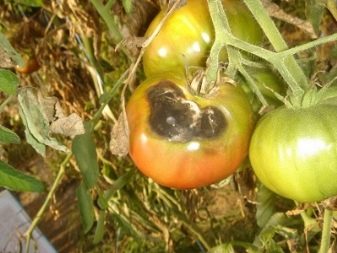
Causes of occurrence
Tomato alternaria occurs as a result of the activity of the fungus Alternaria solani Sorauer, which grows through the leaf of the crop and secretes spores that infect other leaves. Spores are spread by wind or rain spray. A healthy plant can pick up the disease from the soil on which it grows, or from weeds and other crops that have not been harvested since last year. If the culture rots, it is an unfavorable environment for the spread and persistence of the disease.
Alternaria occurs wherever tomatoes are planted. The fungus is especially active in the southern regions, but in the rest its overwhelming power causes no less harm. Environmental conditions contribute to the spread of the disease. Optimal for Alternaria will be:
- moderate air temperature, from +22 to +24 degrees, when there is no active drying of moisture from the soil;
- high humidity rates, 80% or more;
- the presence of frequent rains, which are replaced by a short clear weather.
Under such conditions, the activation of fungal spores begins, if you do not notice the problem in time, it will quickly spread and destroy the entire crop. On seedlings, this disease is rare. The fungus enters the active phase at the time of the formation of fruits and their ripening. Spots appear on the affected tomatoes, the bushes themselves develop worse, the fruits become smaller, their taste worsens. If the fruit has been infected with a fungus, neither animals nor humans should eat it, as it becomes toxic.Spoiled fruits need to be disposed of, no processing will help.

Treatment methods
To treat tomatoes, it is necessary to determine in time the presence of Alternaria in the bushes. The main symptom is the appearance of dry spots on the lower leaves of the plant. The leaf plate not only changes color to dark brown, it dries up where spots appear. The defeat spreads to all foliage, after which the shoots suffer, and behind them the fruits. Foliage that is severely affected by the disease dries out completely and falls off. The stems become uneven, dents appear on them, as a result of which the bushes break and die. Affected fruits darken, and dark spots with a clear outline also appear on them.
If the lesion is severe, the fetus will fall off. The fungus can develop on both green and ripe fruits. It is possible to fight the disease, but the deadlines are very tight. If after 3-5 days you do not help the bushes, then the fungus spreads so much that it is not possible to save the culture. The fight in the early stages can be crowned with a complete victory over the problem and the recovery of the bushes.
There are various ways to deal with Alternaria, but the main components of success are the correct timing of the corresponding activities.
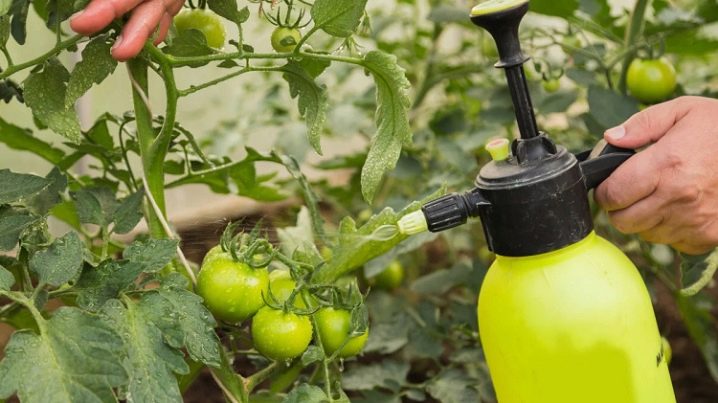
Agrotechnical
To cope with Alternaria, it is important to use different methods of exposure. To prevent the development of the fungus, it is necessary to deprive the disease of comfortable conditions for it.
Among the agrotechnical measures that must be taken to eliminate the disease, it is necessary to do the following.
- Reduce the amount of moisture entering under the bushes. The fungus actively reproduces in a humid environment.
- Provide good ventilation, this is especially important for greenhouses where there is no natural air flow.
- Remove the bottom leaves on the bushes. If the first signs of a disease appear on the plant, then it is necessary to immediately cut off the affected foliage in order to prevent the spread of spores. When planting thickened, it is better to prune healthy leaves to give access to fresh air.
If the likelihood of the disease is high, it is necessary to remove the foliage on the bushes starting from the bottom and move up. The sooner this procedure is performed, the more chances that the bush will survive. Foliage pruning is done gradually; you should not remove more than one leaf per day. It is important to leave the upper part of the bush intact, where flowering and fruiting will occur, and cut off and remove everything else from the garden. After the end of fruiting, all vegetation from the garden must be removed, and the soil must be processed.
The most active and safe composition for processing are such agents as:
- three percent Bordeaux liquid;
- 0.4% copper oxychloride;
- two percent "Oxyhom".
To eradicate Alternaria from the soil itself, it is important to dig up the plot well in the fall. When the pieces of earth are turned over, rotting of plant residues occurs, which is detrimental to the fungus. If the site is left untouched, the top layer will dry out and create optimal conditions for the Alternaria fungus to winter.
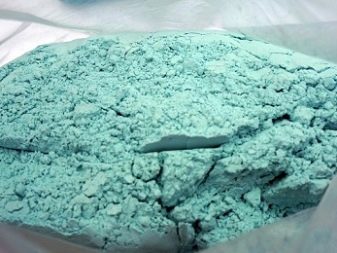
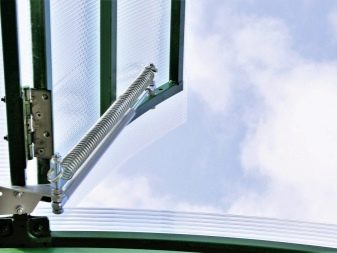
Chemicals
With a visible defeat of tomato bushes, it is necessary to save the bushes as soon as possible. The most effective way to stop the development of a fungus is to use chemicals. When choosing this method of struggle, it is important to know that spraying is carried out before flowering and fruiting, otherwise the fruits will be poisonous and unsuitable for food.
The first treatment is done after planting, it protects young plants from possible disease. For spraying, contact preparations are selected. The second treatment is carried out with the help of contact-systemic preparations, which protect the culture externally and, penetrating into the green mass, resist the development of the fungus.
Contact formulations include:
- "Kuproksat";
- "Poliram";
- Abiga Peak;
- "Bravo";
- Novozir;
- "Tsikhom";
- "Maksim";
- "Utan".
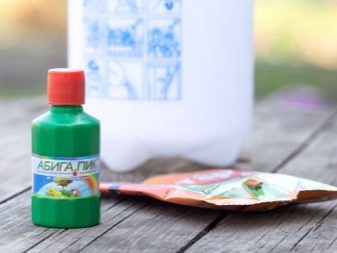
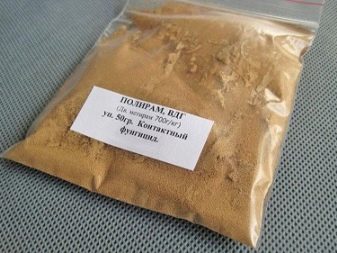
Contact systemic drugs include:
- "Acrobat MC";
- Ridomil Gold;
- Metaxil;
- "Speed";
- Infinito;
- Oxyhom;
- "Pylon";
- Signum and others.
It is possible to use biological agents that do not act so quickly, but help to cope with the problem, if used in time. The most demanded are:
- Fitolavin;
- "Phytocide";
- Fitosporin-M;
- "Serenade";
- Trichodermin.
By choosing the right drug, and having sprayed the bushes in a timely manner, you can count on their protection or quick recovery after the first signs of the disease.
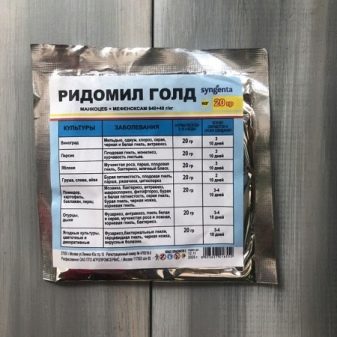

Folk remedies
If there is a need to help tomatoes overcome Alternaria, alternative methods can also be used. They are less effective and will not be able to completely defeat the disease, but as an aid they will be useful to the culture.
Among the folk methods, several recipes can be noted.
- Pour a liter of milk into 10 liters of water and add 20 drops of iodine. Water the bushes every 2 weeks.
- In 10 liters of water add 30 grams of shavings of laundry soap and 30 grams of soda ash, mix. Spray every 2 weeks.
- Pour a pound of wood ash into 10 liters of boiling water, mix and strain, add 2 tbsp. l. grated soap, mix. Process once a week for a month.
- Pour garlic infusion into 10 liters of water, strain, add potassium permanganate. Spray every two weeks.
To protect the seeds themselves, they can be soaked in a weak solution of potassium permanganate or in hydrogen peroxide before germination.


Prevention measures
To protect the tomato garden from Alternaria, you need to properly care for them. At the first symptoms, it is necessary to monitor the development of tomatoes even more closely. Here are the most effective measures for the prevention of Alternaria.
- Planting nightshades at a sufficient distance from each other. Crops of the same family should not be nearby so that the fungus does not infect all the beds.
- Tomatoes are planted in the area where any crop grew, except for nightshade. The remains of the fungus can infect new seedlings and destroy the crop.
- The most fertile soil for tomatoes is the garden beds, where cucumbers, onions, legumes, herbaceous plants and herbs grew.
- To protect future seedlings, it is worth treating the seeds before planting.
- When planting seedlings in the ground, it is important to leave the required distance between bushes and rows for good circulation of air masses.
- Watering must be done on time. Do not use sprinkler irrigation for this crop.
- In the greenhouse, it is necessary to monitor humidity and ventilation, and avoid drafts.
- The introduction of potassium sulfate to improve the immunity of the culture. In rainy weather, this element is washed out, this makes plants more vulnerable to fungus.
- Track calcium deficiency, if it is not enough, then the bush is easily damaged by spores of fungus and rot.
- Treat with biological agents even before the first symptoms appear. You can help the culture to be more resistant with "Immunocyte" and "Immunocytophyte".
- When infecting one bush, it is important to immediately get rid of the affected leaves. If this does not stop the disease, you need to completely remove the bush from the garden.
- It is good to clean the area after the end of fruiting. Any particles of tops or fruits can be a place of concentration of the fungus.
- When growing tomatoes in a greenhouse, you need to change the entire topsoil every year.
- The soil for the winter must be dug deeply and thoroughly, which minimizes the chances of the fungus surviving.
If all these requirements are met, healthy bushes can be grown, and a high and tasty harvest can be obtained.
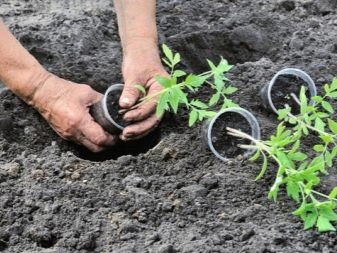
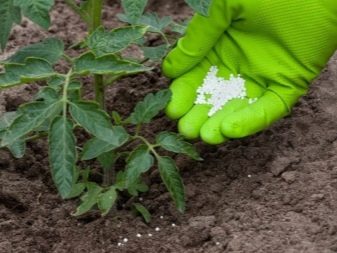
Resistant varieties
Despite the fact that all tomatoes are susceptible to Alternaria, there are varieties that are more resistant to this disease. These include:
- Bella Rossa;
- Olympic Flame;
- "Aurora";
- "Golden Bullet";
- The Firebird;
- "Tanya";
- "Prima Donna";
- "Katya";
- "Lyubasha";
- Yamamoto;
- Florida;
- "Ballad";
- Linda;
- Alena;
- "Debut";
- "Steak";
- "Hope" and a number of other varieties.
With proper care, these tomatoes will offer more resistance to fungus and will be able to resist.
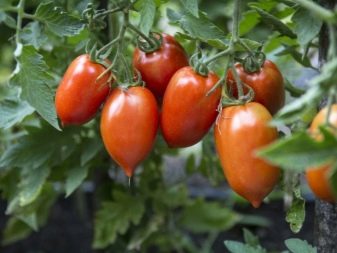
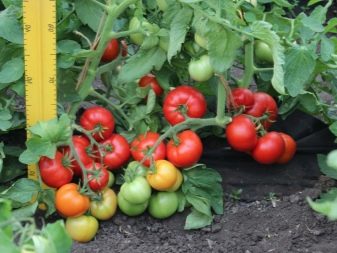













The comment was sent successfully.